Contents
Guide

Noam Mizrahi
Witnessing a Prophetic Text in the Making
Beihefte zur Zeitschrift
fr die alttestamentliche
Wissenschaft

Edited by
John Barton, Nathan Mac Donald, Carol A. Newsom, Reinhard G. Kratz and Markus Witte
Volume 502

ISBN 978-3-11-052259-4
e-ISBN [PDF] 978-3-11-053016-2
e-ISBN [EPUB] 978-3-11-053000-1
ISSN 0934-2575
Library of Congress Cataloging-in-Publication Data
A CIP catalog record for this book has been applied for at the Library of Congress.
Bibliographic information published by the Deutsche Nationalbibliothek
The Deutsche Nationalbibliothek lists this publication in the Deutsche Nationalbibliografie;
detailed bibliographic data are available on the Internet at http://dnb.dnb.de.
2017 Walter de Gruyter GmbH, Berlin/Boston
www.degruyter.com
Acknowledgments
The compositional history of the present book, as that of any other work of its kind, is a long and complex one. The approach presented in this study naturally developed along several years of learning, teaching and thinking of the ancient texts discussed herein, while attempting to define and fine-tune the most adequate methods for their critical investigation. Various aspects of the topic discussed here were first presented in lectures delivered during the last five years at various conferences and workshops, and I have benefitted from the generous advice, constructive critique and unceasing encouragement of family, mentors, colleagues, and students. They are too numerous to be listed, so I thank them here collectively, from the bottom of my heart.
Still, I must single out a few individuals, without whose immense help this project would not have materialized at all. First and foremost, I am particularly grateful to Reinhard G. Kratz for his unfailing support and many thought-provoking discussions on a whole range of scholarly issues. The dear friendship and warm hospitality of Dorothea M. Salzer and Stefan Schorch as well as that of Vera Meyer-Laurin in Berlin enabled me to make significant progress at a crucial juncture of the work. Meira Poliack, Chair of the Department of Biblical Studies at Tel Aviv University, made special efforts to ease my teaching burden so that I would be able to finally bring this project to completion.
Some chapters originally took an article form in Modern Hebrew, but they were all revised when taking their final place within the overall matrix of the present synthesis. An early version of Chapter 2 was published under the title From Wisdom to Hymn: The Literary, Textual and Linguistic Development of Jer 10:1213, Shnaton 25 (2017): 5995; I thank the Mandel Institute of Jewish Studies at the Hebrew University of Jerusalem for permission to integrate here an English version of this piece. An early version of Chapter 4, under the title (Jer 10:10): A Poetic Fragment and its History, is due to be published in a forthcoming Festschrift . A precursor of Chapter 5 is For None is Like You (Jer 10:67): A Prayer of Praise and its Place on the Map of Biblical Literature, Beit Mikra 61/2 (2016): 239175; I thank the Bialik Institute for permission to include here a revised English version of this paper. I also wish to record my gratitude to readers and reviewers of these papers, especially Dr. Ronnie Goldstein, for making instructive comments and helpful suggestions.
Thanks are also due to Ms. Hephzibah Levin, who skillfully and efficiently edited the language of all chapters. Needless to say, any mistake, weakness or ill judgment that remains is my sole responsibility.
My students, Matan Oren and Adam Lloyd-Alfia, were of invaluable assistance at the stages of proofreading and preparing the index. I am very grateful to them for their painstaking and careful work.
I am thankful to the Editorial Board of the BZAW series Professors John Barton (University of Oxford), Reinhard G. Kratz (Georg-August-Universitt Gttingen), Nathan MacDonald (University of Cambridge), Carol A. Newsom (Emory University), and Markus Witte (Humboldt-Univeristt zu Berlin) for accepting my book to this distinguished flagship of Old Testament scholarship.
Finally, it is a pleasure to thank the professional staff of de Gruyter particularly Dr. Sophie Wagenhofer and Ms. Lena Ebert as well as Stefan Diezmann and Aaron Sanborn-Overby for their patience and skilled handling of the production of the book.
Introduction
1Prolusion
The Book of Jeremiah poses one of the greatest challenges to biblical scholarship in terms of its literary composition and textual fluidity, both of which are reflected in the plethora of discrepancies between the Books Hebrew, Masoretic text ( ) and the Greek, Septuagint version (
) and the Greek, Septuagint version ( ), both of which are supported by different Jeremiah scrolls from Qumran.
), both of which are supported by different Jeremiah scrolls from Qumran.
This study traces the intricacies of a range of formative and transformative processes by analyzing the textual manifestations of an instructive case study: the prophecy contained in Jer 10:116. Since this prophetic unit notoriously epitomizes many of the typical problems inherent in the textual and literary evidence, it has drawn much scholarly attention due to a range of theoretical and exegetical issues it raises both in itself and in the broader context of the compositional history of the Book of Jeremiah as a whole. Moreover, the prophecy contained in Jer 10:116 serves as an example of the genre of idol parodies, also attested in other biblical sources that seem to participate in a broader ancient Near Eastern discourse. Most importantly, I do not presuppose the a priori primacy of any specific literary component, for instance, by assuming that poetic passages should be regarded, in principle, as older (and more genuine) than passages formulated in prose. Rather, each textual element is examined in and of its own, thus establishing its degree of authenticity and relative chronology vis--vis other elements. This is done regardless of theoretical assumptions made on the basis of abstract generalizations, which, as attractive as they may appear to be, do not necessarily conform to the actual evidence furnished by our extant sources.
2Demarcation
The delimitation of the prophecy poses no special problems. Its beginning is patently marked by a superscription in v. 1, Hear the word that the LORD speaks to you, O house of Israel, the likes of which are found throughout the Book of Jeremiah. This passage defines all pertinent dimensions of the communicative situation: the initiator (YHWH), the addressee (the house of Israel), the content and relevance of the message (the word spoken to you, or rather about you), and the oral/audial medium of communication ( hear the word that the LORD speaks to you). As such, it serves as a fitting statement for opening a prophetic message.
NB. While the redactional nature of v. 1 is evident in all versions of the text, notably, its Deuteronomistic features are more pronounced in 


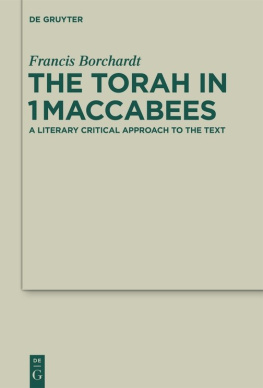
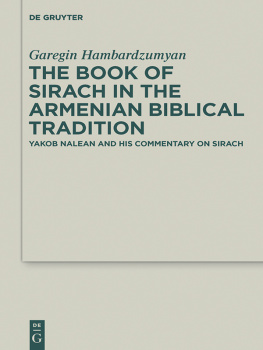


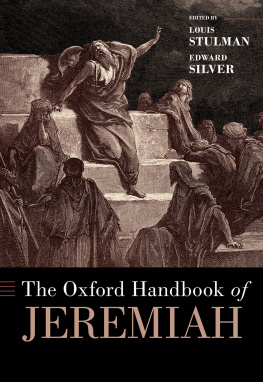
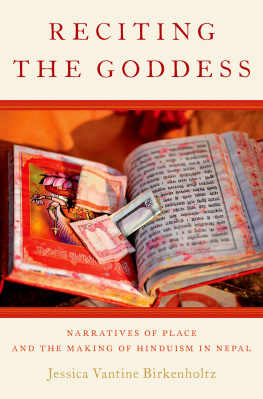


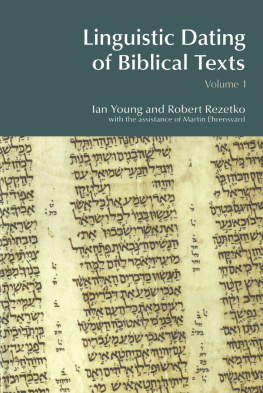

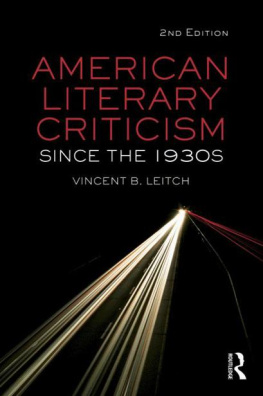



 ) and the Greek, Septuagint version (
) and the Greek, Septuagint version ( ), both of which are supported by different Jeremiah scrolls from Qumran.
), both of which are supported by different Jeremiah scrolls from Qumran.